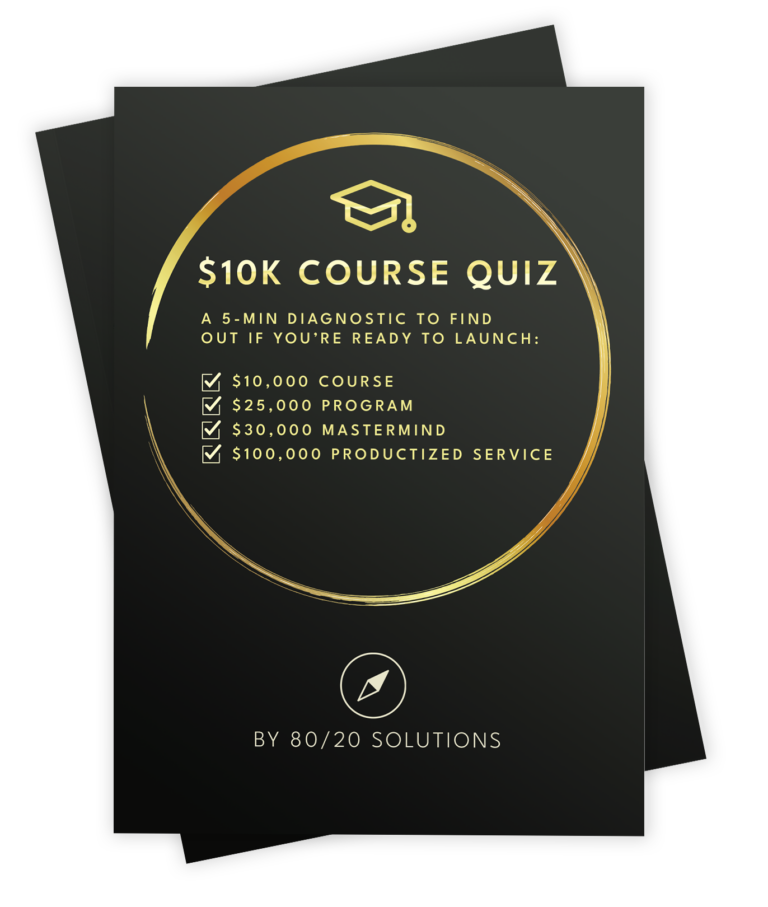“Could you pass the Himalayan sea salt please?” -said no slug ever
Customers buy products and services to get jobs done. Dying is likely not one of them. If the product or service doesn’t get the job done, then people don’t buy. This, of course, leads us to the obvious: If we want customers to buy, then we need to know what jobs they want done.
But here’s something less obvious: We don’t just need to know what job they want done. We also need to know:
- Why does the customer want the job done?
- Where will they be getting the job done?
- When will they be getting the job done?
- Who is actually getting the job done?
In a word, we need context. Why do some customers only buy iPhones and why do some customers only buy Android phones? They both have touchscreens, they both make phone calls, but only one has iTunes.
“The iTunes Store generated a total of $10.2 billion in net sales during 2014 compared to $9.3 billion during 2013.” -Apple
What’s the iTunes of your business?
To find out, you need to know what your customers value. Do it right, and you’ll have the stuff the best marketing campaigns are made of: Solid products people love.
Customer research reveals what your customers value.
Turning your ideas into profit begins with customer research. To find and savor the value it’ll bring to your business, you’ll need to cut your customer research plate into both qualitative research and quantitative research.
To grossly simplify, qualitative research gives you the emotional understanding of their problem (their why) through deep interviews with your customer. Quantitative research gives you “what” they care about and “how many” people care about it (the size of your market) by reviewing large amounts of data you can get through a tool such as the Google Keyword planner.
Sure, there are ‘hybrid’ methods but that’s a topic for another day. Here’s the important part. Customer research doesn’t just give you context for product and competitor research, but it also gives context for the strategy and actions you’ll need to reach your business objectives.
It. Is. Critical. That. You. Get. This. Right.
To know you got it right and not guess you got it right, you’ll need to answer at the very least, these 4 questions:
- What are my customers’ top fears and frustrations (the reality they want to avoid)?
- What are my customers’ top wants and aspirations (the reality they want)?
- What are my customers’ abilities and activities (the reality they have now)?
- Am I reasonably confident that I could predict how my customers might react to a new product?
You’ll know you hit the nail on the head when, in an interview, you’re able to pre-empt what an interviewee would say and have them go “oh. my. GOD. How did you KNOW?”
Emotional hot sauce.
When you can articulate a customer’s experience better than they’re able to themselves, they’ll immediately associate you with having the solution. Then, when you practice Conversion Web Design on your website, or write Words That Sell, they’ll feel as if every color, word, and feature was designed, written, and built just for them.
If you bring that to your customer, you won’t just create Websites That Convert or Words That Sell, you’ll get and keep customers for life.
If you remember nothing else:
“Remarkable customer research is the first step to attract and keep customers for life.”
Now, let’s talk about step 2:
Product research: How to find the secret of the sauce you already made.









